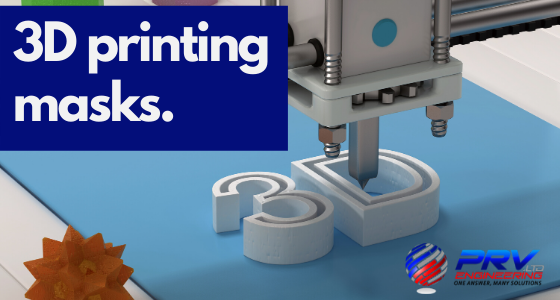With sustainability in construction a big talking point in recent years, not to mention plastic waste, a startup in Los Angeles is building 3D printed homes using recyclable plastics. While it may not solve all of the world’s problems, it’s a big step in the right direction. What’s more, their method is faster, cheaper and more sustainable.
Although open-cockpit racing cars could make a comeback, it may not be everyone’s cup of tea, unless you’re an elite car collector or a racing driver. That said, looking at the new Aston Martin DBR22 Roadster, it’s easy to see why it might appeal to more people as its design is simply spectacular.
As precision engineering and fabrication specialists, we work across various sectors and that includes construction. As such, we keep our fingers on the pulse of any new developments and few are as exciting as 3D-printed homes. Previously considered a method for product prototyping, 3D printing has changed drastically in the last few years extending to building homes around the world and on Mars. Now, ICON and Lennar are building the biggest ever neighbourhood consisting of 3D-printed homes.
Technology is advancing at a rapid pace across all sectors and that includes construction. We’ve known for some time that a 3D printed building will make headlines once again and now, PERI GmbH is in the process of building Germany’s first 3D printed residential structure in Beckum, North Rhine-Westphalia. It’s only a short five weeks away from completion and it’s said to be a showstopper.
In our current technology-driven world, innovation has changed how brands and businesses operate. Many traditional development strategies have shifted toward implementing new manufacturing technologies to ensure sustained competitiveness, including rapid prototyping and software development. Many start-ups and established businesses are fast adopting these modern methodologies considering all the benefits.
3D Printing is not a new concept but how it’s developing and advancing is a different story altogether. We are within reach of more affordable and rapid prototyping and instant manufacturing. With that in mind, how has 3D printing changed the manufacturing industry as we know it today? What can we expect going forward?











Recent Comments